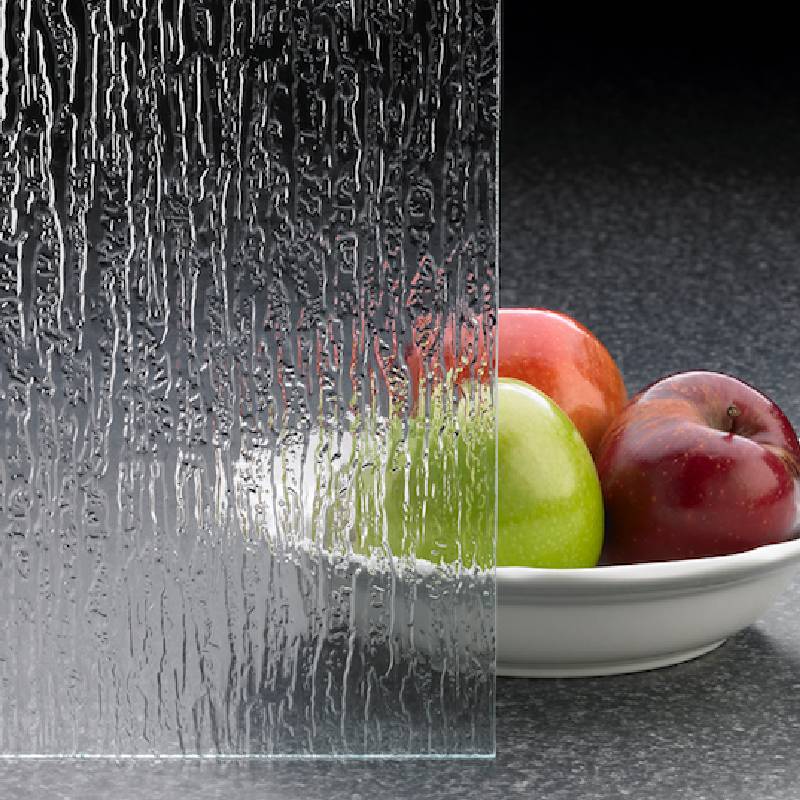The Manufacturing Process of Tempered Glass
Tempered glass, also known as toughened glass, is a type of safety glass that has been heat-treated to increase its strength and thermal resistance compared to standard glass. This manufacturing process is crucial as it equips the glass with enhanced durability, making it suitable for a wide range of applications, from buildings and vehicles to patio doors and shower enclosures. In this article, we will explore the manufacturing process of tempered glass, highlighting the key stages involved.
1. Raw Material Preparation
The manufacturing process begins with the selection of high-quality raw materials, primarily silica sand, soda ash, and limestone. These components create the foundation for glass production. The ingredients are mixed in precise proportions and then melted in a furnace at extremely high temperatures, typically around 1,700 degrees Fahrenheit (927 degrees Celsius).
2. Forming the Glass
Once the raw materials reach a molten state, they are poured into a flat glass forming system. There are two primary methods to form flat glass the Float Glass Process and the Roller Process. In the Float Glass Process, the molten glass is floated on a bed of molten tin to create a flat, uniform surface. This process allows for the production of large sheets of glass that are free from defects, ensuring high clarity and smoothness.
3. Annealing Process
After forming, the glass sheets are cooled in a controlled environment, a process known as annealing. This step is critical, as it relieves internal stresses that may have formed during the cooling of the freshly produced glass. For regular glass, this cooling occurs slowly, allowing it to cool evenly. However, for tempered glass, the subsequent steps will dramatically differ.
4. Cutting and Edge Treatment
Once the glass sheets have cooled and are free from internal stresses, they are cut to the desired dimensions based on specifications for final applications. Glass cutting involves scoring the glass with a diamond-tipped cutter and then snapping it along the line. After cutting, the edges are ground and polished to remove sharpness and ensure safety during handling and installation. This step is crucial as rough edges could lead to breakage or injury.
manufacturing process of tempered glass
5. Tempering Process
The key step in the manufacture of tempered glass is the tempering process itself. This involves heating the cut glass sheets in an oven to temperatures ranging from 1,200 to 1,300 degrees Fahrenheit (649 to 704 degrees Celsius). The glass is held at this temperature for a specific duration to actually alter its internal structure. Following this heating phase, the glass is rapidly cooled using high-pressure air jets in a process known as quenching.
This rapid cooling creates a compressive layer on the surface of the glass, while the interior cools more slowly, leading to a robust internal structure. As a result, tempered glass can withstand greater stress and has enhanced thermal stability, making it ideal for situations where temperature fluctuations may occur, such as in car windows and shower doors.
6. Quality Control
After the tempering process, each sheet of tempered glass undergoes rigorous quality control checks. Inspectors ensure that the glass meets industry standards in terms of strength, thermal resistance, and optical clarity. Any defects such as bubbles, distortions, or surface imperfections must be identified and rectified before the glass is shipped to customers.
7. Final Applications
Once cleared for quality, tempered glass is ready for various applications. Its strength and safety features make it a preferred choice for architectural applications, automotive uses, and household items. Notably, when broken, tempered glass shatters into small, blunt pieces, reducing the risk of injury.
Conclusion
The manufacturing process of tempered glass is a testament to the intricate interplay of chemistry and engineering. By carefully selecting raw materials and applying precise thermal treatments, manufacturers produce a material that provides both strength and safety. As demand for durable and safe materials continues to grow, tempered glass remains at the forefront of innovation in the glass industry.
 Afrikaans
Afrikaans  Albanian
Albanian  Amharic
Amharic  Arabic
Arabic  Armenian
Armenian  Azerbaijani
Azerbaijani  Basque
Basque  Belarusian
Belarusian  Bengali
Bengali  Bosnian
Bosnian  Bulgarian
Bulgarian  Catalan
Catalan  Cebuano
Cebuano  Corsican
Corsican  Croatian
Croatian  Czech
Czech  Danish
Danish  Dutch
Dutch  English
English  Esperanto
Esperanto  Estonian
Estonian  Finnish
Finnish  French
French  Frisian
Frisian  Galician
Galician  Georgian
Georgian  German
German  Greek
Greek  Gujarati
Gujarati  Haitian Creole
Haitian Creole  hausa
hausa  hawaiian
hawaiian  Hebrew
Hebrew  Hindi
Hindi  Miao
Miao  Hungarian
Hungarian  Icelandic
Icelandic  igbo
igbo  Indonesian
Indonesian  irish
irish  Italian
Italian  Japanese
Japanese  Javanese
Javanese  Kannada
Kannada  kazakh
kazakh  Khmer
Khmer  Rwandese
Rwandese  Korean
Korean  Kurdish
Kurdish  Kyrgyz
Kyrgyz  Lao
Lao  Latin
Latin  Latvian
Latvian  Lithuanian
Lithuanian  Luxembourgish
Luxembourgish  Macedonian
Macedonian  Malgashi
Malgashi  Malay
Malay  Malayalam
Malayalam  Maltese
Maltese  Maori
Maori  Marathi
Marathi  Mongolian
Mongolian  Myanmar
Myanmar  Nepali
Nepali  Norwegian
Norwegian  Norwegian
Norwegian  Occitan
Occitan  Pashto
Pashto  Persian
Persian  Polish
Polish  Portuguese
Portuguese  Punjabi
Punjabi  Romanian
Romanian  Russian
Russian  Samoan
Samoan  Scottish Gaelic
Scottish Gaelic  Serbian
Serbian  Sesotho
Sesotho  Shona
Shona  Sindhi
Sindhi  Sinhala
Sinhala  Slovak
Slovak  Slovenian
Slovenian  Somali
Somali  Spanish
Spanish  Sundanese
Sundanese  Swahili
Swahili  Swedish
Swedish  Tagalog
Tagalog  Tajik
Tajik  Tamil
Tamil  Tatar
Tatar  Telugu
Telugu  Thai
Thai  Turkish
Turkish  Turkmen
Turkmen  Ukrainian
Ukrainian  Urdu
Urdu  Uighur
Uighur  Uzbek
Uzbek  Vietnamese
Vietnamese  Welsh
Welsh  Bantu
Bantu  Yiddish
Yiddish  Yoruba
Yoruba  Zulu
Zulu 

